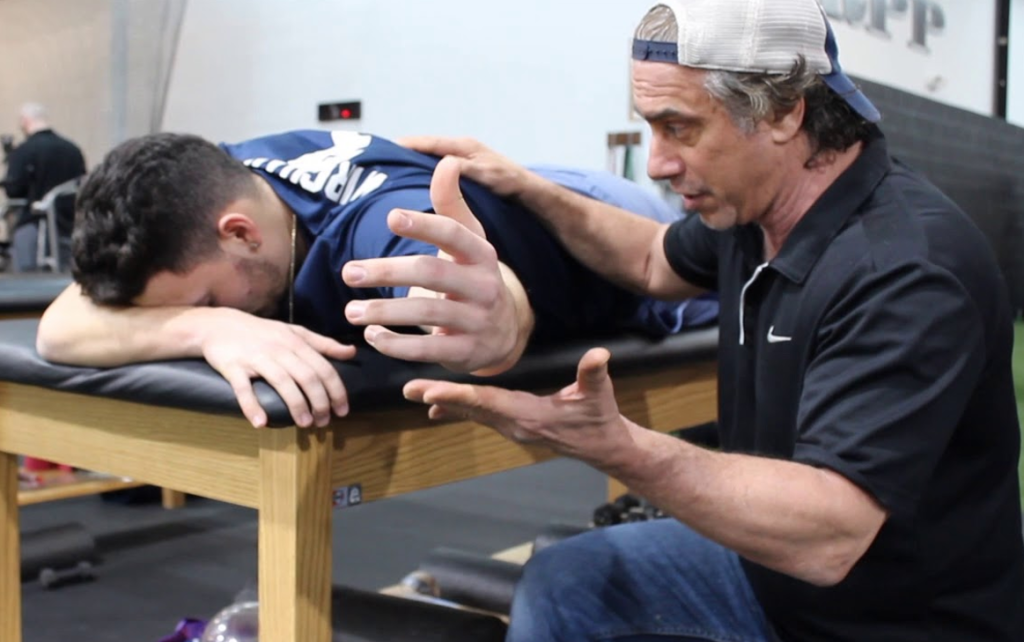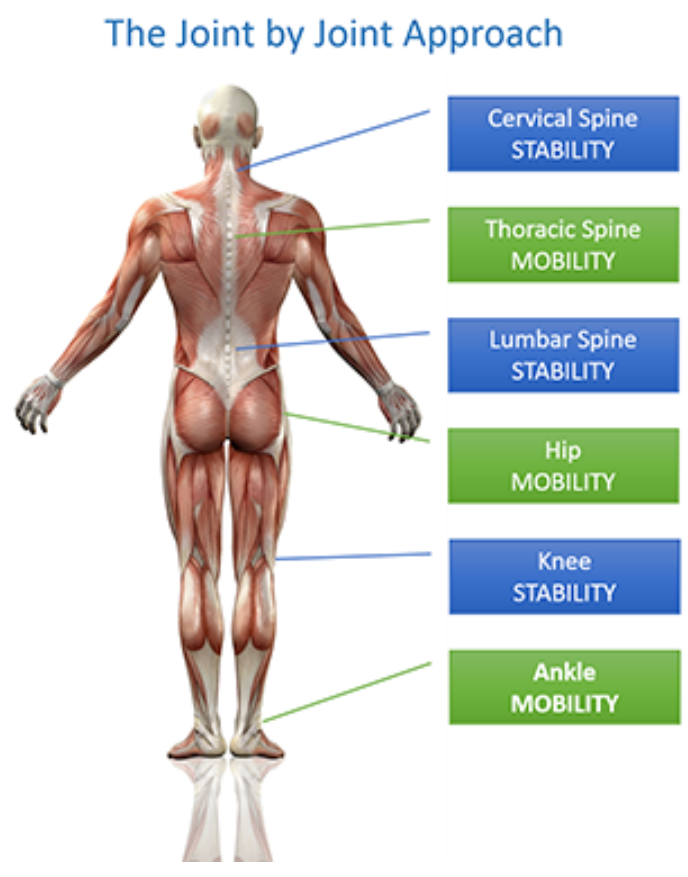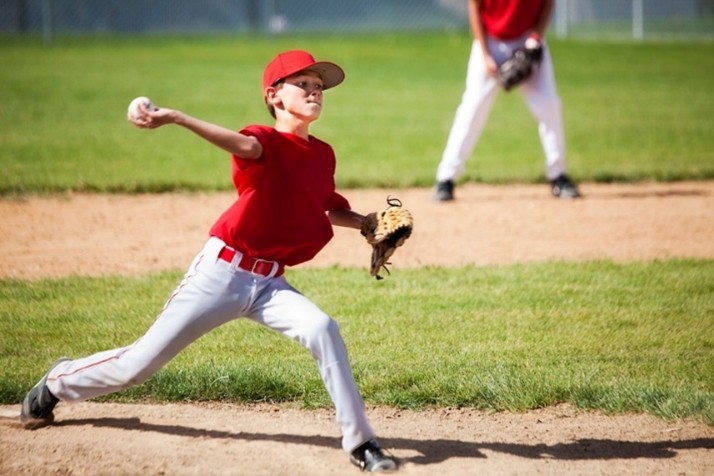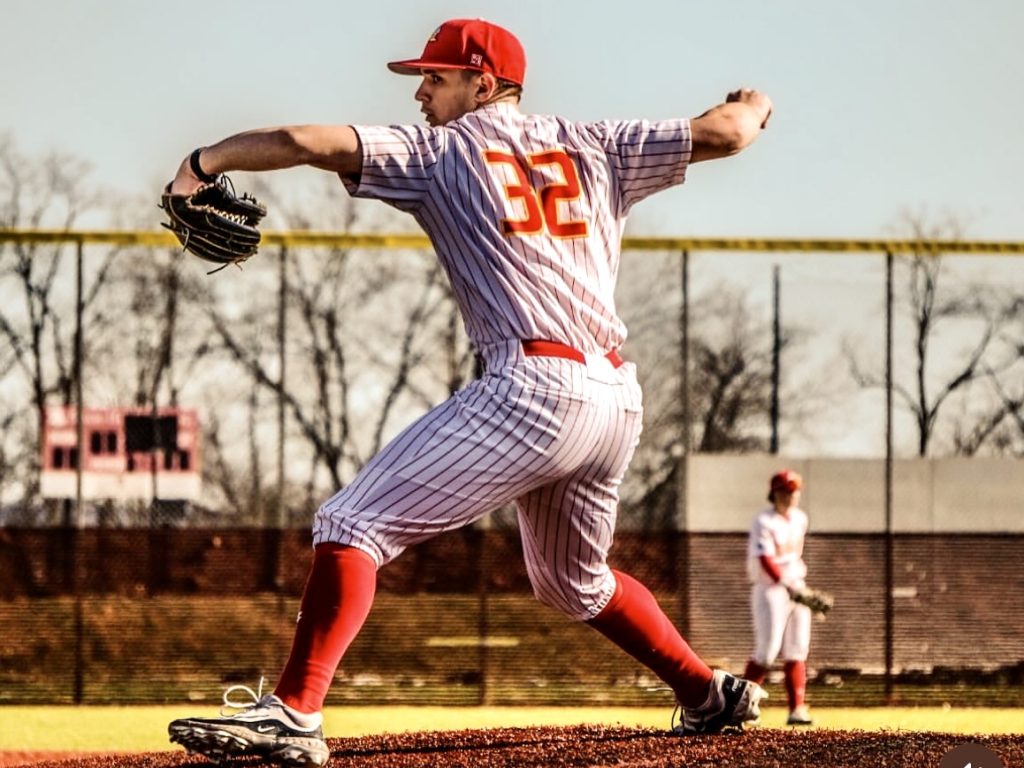
Here at RPP, we take great pride in getting our athletes in the best possible overall shape to succeed, and mobility work plays a big role in our roadmap to getting them there. Without adequate mobility an athlete will not be able to get into efficient and successful positions and will likely lack the ability to optimize the strength and power in his movements. Full Stop!
So, let’s review…
-
- Mobility vs. flexibility
- Which joints are the big players
- How we assess it
- Common mistakes
- Young vs. older / more mature athletes
Mobility vs. Flexibility
First it must be said that this article is about mobility NOT flexibility. Many people confuse mobility with flexibility. While both are crucial to sports performance, today’s focus is on mobility, so let’s first discern between the two.
Flexibility – The ability of muscles and other tissues to stretch and lengthen passively to create ROM at a specific joint. This is mostly achieved through stretching. While flexibility is a part of being more mobile, mobility is dependent on much more than just tissue length!
Flexibility is the ability of muscles and other tissues stretch and lengthen passively.
Mobility – The ability to move joints through their full range of motion with control, this requires a combination of flexibility combined with strength and control at specific joints and is achieved through movements that create the ability to reach a desired position or posture.
Mobility is the ability to move joints through a full range-of-motion under control.
For example, you need a certain amount of hip mobility to squat and / or lunge. In contrast, flexibility is non-specific. You can lay someone on their back and stretch their hamstrings. This gives you an idea of their flexibility, but just because they have great hamstring length, it doesn’t mean they’ll be able to perform functional movements like a squat properly or without compensation.
Which Are the “Big Players” for Improving Mobility?
Using the joint-by-joint approach made popular by PT Gray Cook, you will see that every other joint needs primarily mobility, with the adjacent joints needing primarily stability and strength. I must emphasize the word primarily because ALL joints need some degree of mobility and stability
-
- Feet – Stability
- Ankle – Mobility
- Knee – Stability
- Hip – Mobility
- Lumbar Spine – Stability
- Thoracic Spine – Mobility
- Scapula – Stability
- Glenohumeral – Mobility
Here is an image that I believe helps visualize what I am referring to…

From this list / diagram, we can see that the primary focuses for mobility are the…
-
- Ankle
- Hip
- Thoracic Spine
- Glenohumeral joint
How We Assess / Measure Mobility?
The best mechanism to assess for structural limitations are simply to see what certain ranges of motion look like in a couple of scenarios:
Passive – Passive range of motion (PROM) involves movement of a joint by an external force, such as a therapist or machine, without the individual’s active effort.
Passive Shoulder IR Test
Active – Active Range of Motion (AROM) involves movement of a joint by the individual’s own muscles,
Active Shoulder IR Test
We assess our athlete’s movement strategies both ways, whether it be on the table (shoulder & hip ER/IR) or standing, while performing specific movements such as an overhead squat or 1- leg squat. You really need to look at an athlete’s mobility from both perspectives, passive and active.
Some Common Mistakes
Stretching and foam rolling with a younger athletic population – Younger athletes are still developing their musculoskeletal system, and excessive foam rolling and /or stretching might not be necessary or even beneficial. Here are a few other reasons:
-
- Foam rolling can lead to muscle relaxation and a temporary reduction in performance, which might not be ideal for younger athletes who are still developing their strength and power
- Young athletes with less experience (training age) in the gym typically use lower training volumes compared to their older, more mature athletes and usually do not accumulate the same level of muscle soreness or micro-trauma that would necessitate foam rolling.
Not everyone needs to stretch to acquire mobility – You’ll find a lot of people who have so much congenital laxity (hypermobile joints), that stretching will actually do more harm than good. In this case, our attention needs to focus more on soft tissue quality and stability training.
For hypermobile athletes, some good old foam rolling / soft tissue work is all you may need.
Sometimes a joint needs both mobility AND stability – While the “joint-by-joint approach is pretty much tried, tested and true, there are no absolutes.” Everyone needs something slightly different, and sometimes a joint really needs a combination of both mobility and stability- especially the shoulders and ankles.
Young vs. More Mature Athletes
Younger Athletes – Structural changes are primarily set and unchanging after puberty. This is because bones don’t deform as easily to external forces- in this case of throwing a baseball, as with younger kids. This is why we see young pitchers undergo deformational changes at the proximal humerus (upper arm) to allow a much greater external rotation range on their throwing arm compared to their non-throwing arm or older athletes who pick up the sport later in their young adult age.

More Mature – With older athletes (20-30 yrs), a joint’s range of motions tends to reduce further with degenerative changes to the structures through either over-use or simply genetics. Either way, the result is a tighter joint that doesn’t move as easily.
Starting to throw at a young age creates deformational changes in the shoulder which allow these athletes to acquire more mobility later in their athletic careers.

Closing Remarks
One thing I always stress to our athletes and parents is that, even if you come and train with us for 2 days / week, at least I know you’re getting in some mobility work. Unfortunately, that’s still not enough. That being said, I want to make one thing perfectly clear…
“It’s not just what you do while you’re here, it’s also what you do when you’re NOT here.”
Nothing could be more important than having the ability to produce the desired ranges of motion needed to get into positions that make us more efficient at our sport. However, it’s also important to make sure we are going about it the right way.
This includes not confusing mobility (joint ROM) with flexibility (muscles and tissue length) as well as the necessity of getting a great mobility blueprint by getting a good baseline assessment.
Finally, understanding the joint-by-joint approach and building strength at the stable joints to not only gives us support to better “bear down” and mobilize the joints above and below them, but also gives us the ability to better build strength throughout that entire range of motion.
See ya’ in the gym…
By Nunzio Signore (BA, CSCS, CPT, NASM, FMS)
If you’re interested in receiving our blogs, please enter your email address below!
You live too far to train with us in-house at RPP? You can now train with us on a REMOTE basis.


